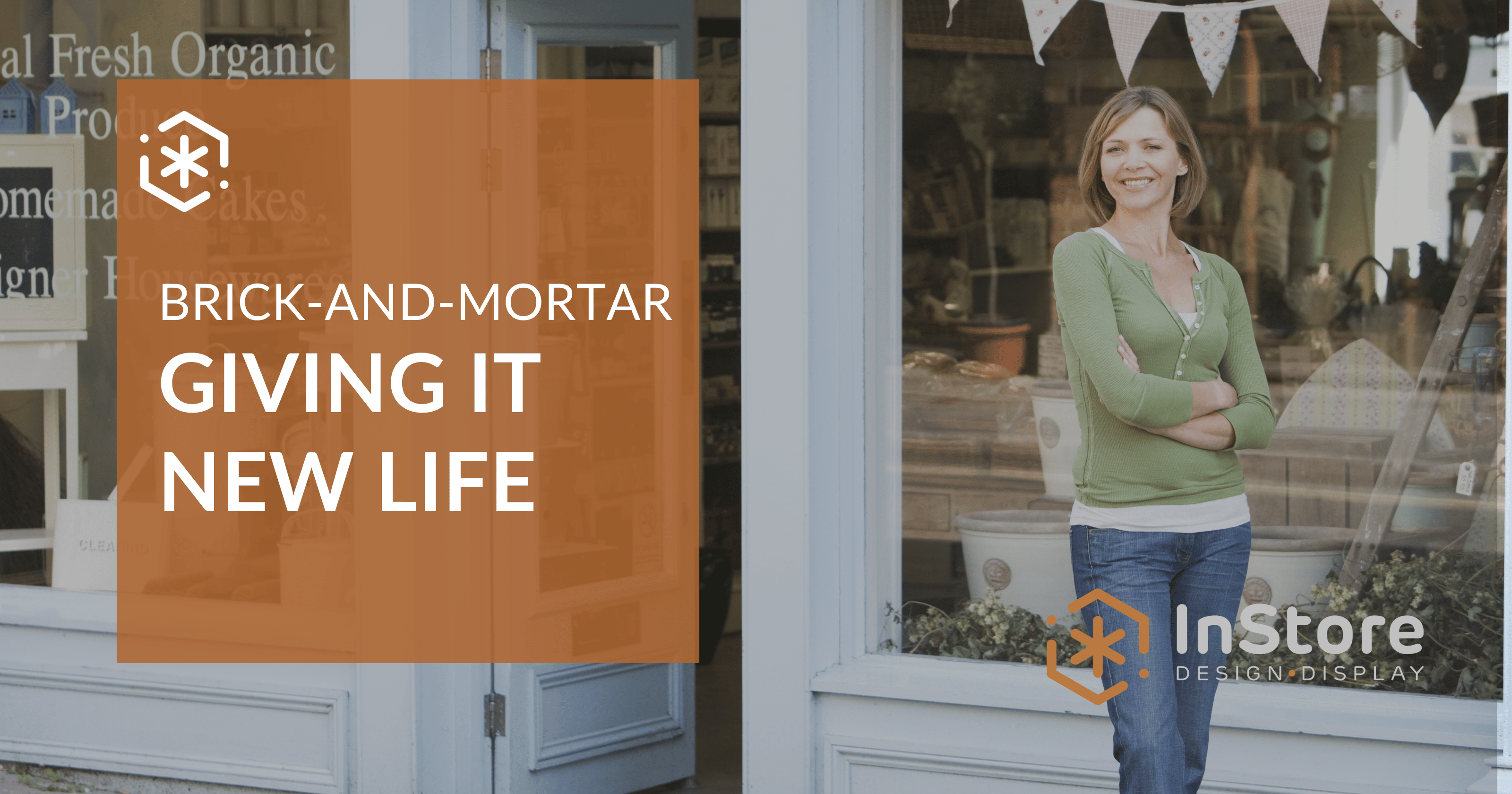
Experiential Retailing: How It's Saving Brick-and-Mortar Stores
Is brick-and-mortar retail still relevant in a post-pandemic world? Even with the move to online purchasing happening well before the pandemic set in, brick-and-mortar stores are here to stay. And there are many ways to ensure that in-person retail stays viable. Here are some tips on how to keep customers coming.
It's About the Experience
Enter "retailtainment"—a form of experiential retail designed to inject life into conventional retail stores and make the shopping experience entertaining, fun, and memorable. The overarching aim of retailtainment is to engage and educate shoppers while they peruse in-store offerings. Those satisfied with experiential retail are more likely to buy, return for subsequent visits, and steer others toward the store by sharing on social media.
Deliver a Shared Experience
Social media can influence purchases in-store when friends post about products—aka word of mouth. According to a report from Deloitte, "Consumers who use social media during their shopping process are ≈4x more likely than non-users to spend more or significantly more on purchases as a result of a digital shopping experience." The overarching aim is for the in-store shopping experience to prove indelible enough that customers want to share it with their friends, buy the product, then continue to think about it long after making a purchase.
Find the Balance
There is a delicate balance between providing an enjoyable and educational experience and overdoing experience-based retail with an abundance of large screens, endless noise, and overstimulation. Retailers and brands who engage customers through the strategic use of experiential retail will succeed in separating their establishment and products from the rest.
Retail displays that combine products with entertainment can make the traditional in-store shopping experience more alluring. In some cases, simply adding a product display with technology such as a demonstration or instructional video makes the difference between customers bypassing a product and buying it.
Customers Are in the Driver's Seat
The days of capturing additional market share by providing customers with the broadest possible selection or the lowest possible price are fading. An enjoyable shopping experience may be the new bare minimum to counter the ease of online shopping. In particular, the millennial and Generation Z age cohorts represent the big-spenders of the future, and they crave experiences as opposed to material objects. Brands and retailers that invest the effort necessary to build a community around their offerings will likely prevail.
The bottom line? Even with breakthroughs in technology that have empowered customers, shoppers are still eager to go to brick-and-mortar stores. Provide an immersive shopping experience through customized video and audio built into product displays, and experience-hungry shoppers will be back for more. Brick-and-mortar retail stores that embrace the opportunity to “retailtain” customers will have a better chance of thriving as the experience economy takes off.
Subscribe Here
Stay up-to-date on what's happening on our podcast and blog.





